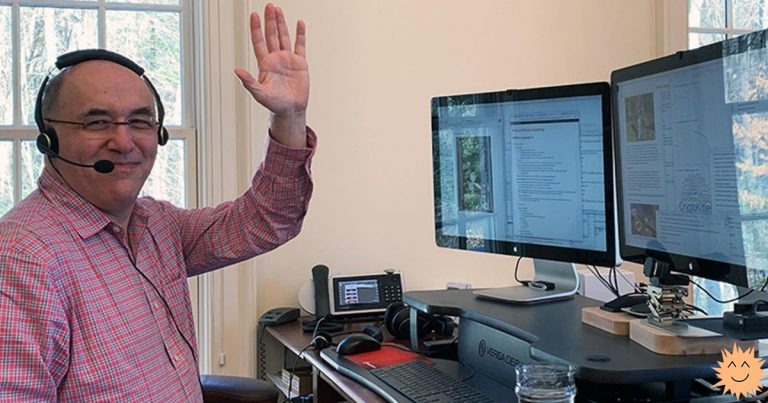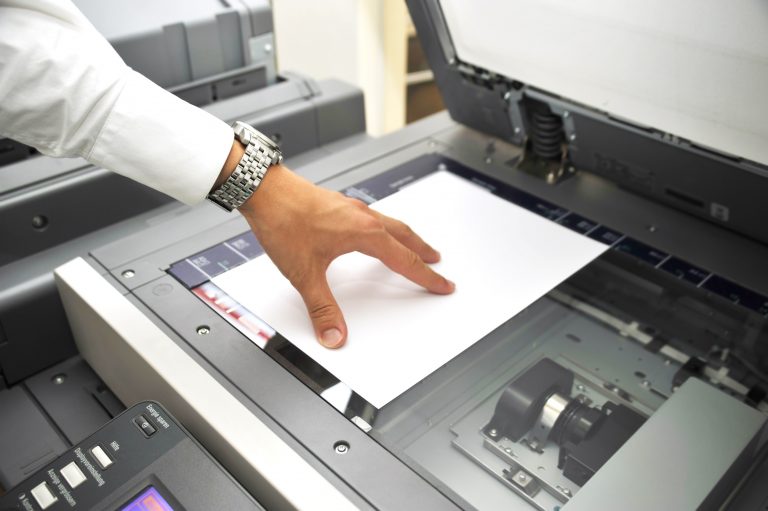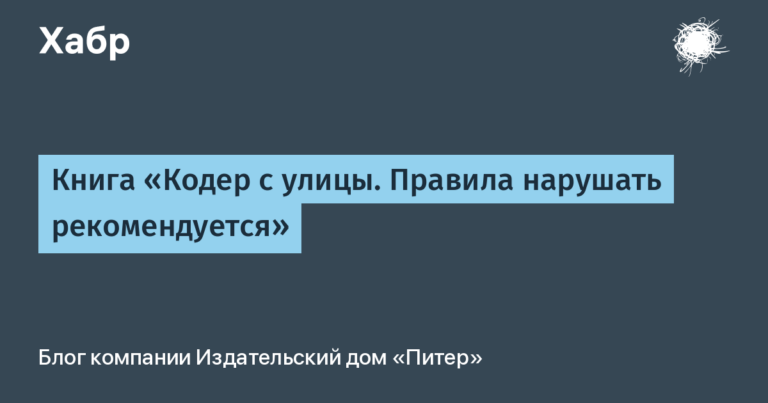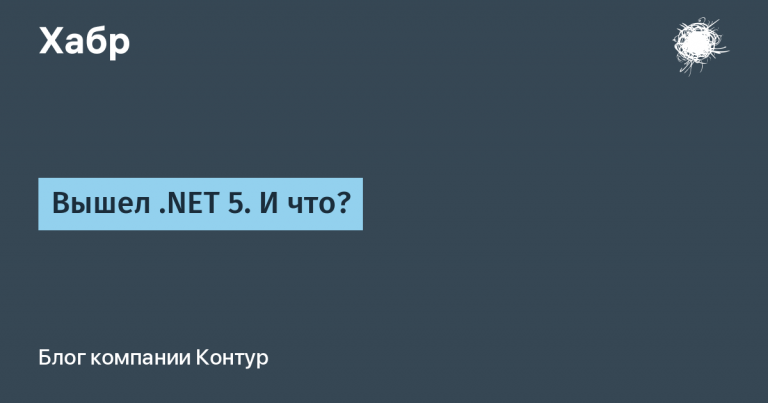How I made an audiobook for a normal freelancer
It was fun in places, but overall not so much. It required discipline and regularity from me. The most important thing is to organize the working environment in such a way that at any moment when I would like to voice the next chapter, nothing would stand in my way. But first things first…
In December 2022, I completed four years of work on The Normal Freelancer’s Book and published it for free on website. The next step is to make an audio recording. I blew the dust off my old AT2020 USB microphone, tightened the boom and started choosing recording software.
I settled on Camtasia. Just because a few years ago I paid for its license and would not want to deal with something new. In general, Camtasia is not particularly designed for such purposes. With its help, it is convenient to record screencasts while simultaneously receiving a stream from a webcam. I decided not to abandon this feature of hers and to record screencasts. By the way, I could use OBS, but it does not allow you to edit the resulting result and is ideal for streaming.
The first thing that came to my mind was to open Google doc with a book, turn on the webcam and record how I read the chapter in this way. That’s what came out of it:
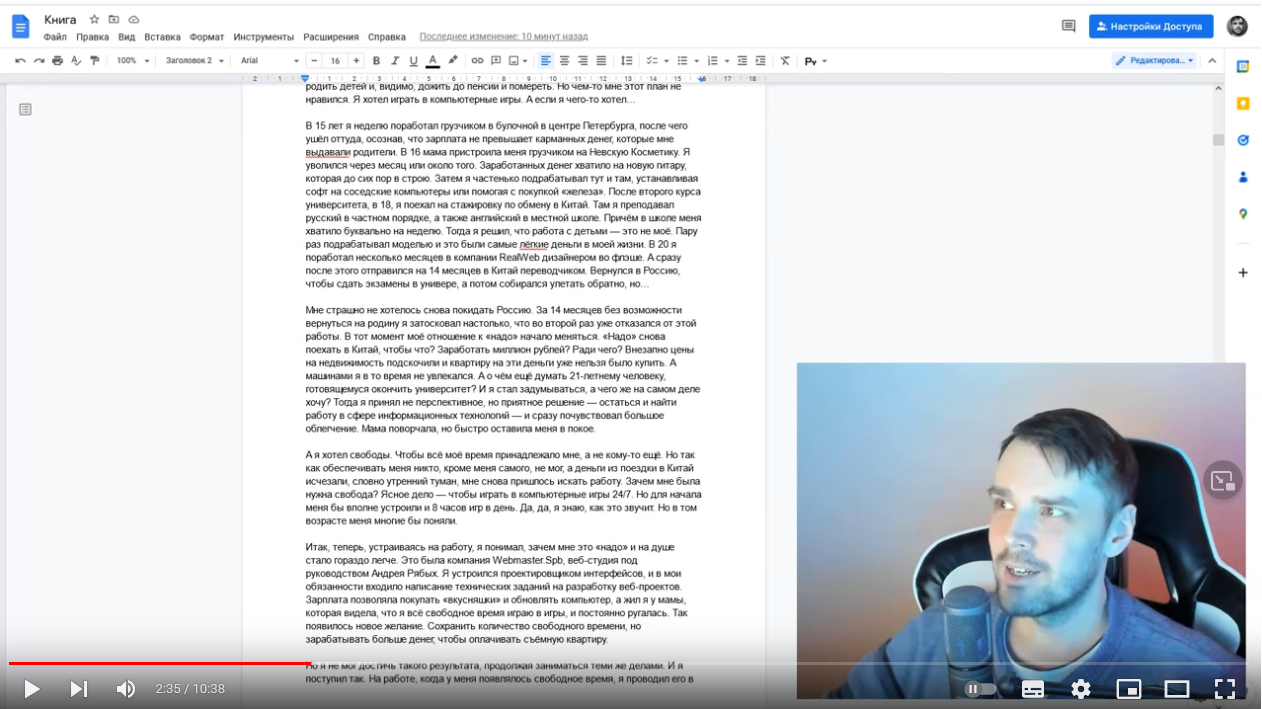
More precisely, it happened after I made a recording (in one take), exported it as a video file, drew a cover in Figma, accompanied it with a description and the necessary links, and uploaded the whole thing to YouTube.
I asked my friends what they think about it. And everyone unanimously declared that it is not clear why you are filming yourself, why you are filming a Google doc with text, and that in general an audiobook is about “listening” and not “watching”. I listened to the advice and from the third recording I began to move towards the absence of myself and the text in the frame. However, today the statistics show the best results in terms of likes on this very first video of mine. Apparently, my audience was quite happy with the author in the frame. But my friends who gave out advice, firstly, have never posted audiobooks themselves, and, secondly, they never looked at these materials on YouTube, but waited for the audio files in Telegram.
Going off the webcam actually helped me a lot with the recording. Because now I could sit down for this task even in those moments when my appearance left much to be desired. If not for this nuance, I would have recorded the book several times longer.
In general, for the third video, I found some virtual online oscilloscope and began to use it as a background.

And by the tenth video, I switched to an oscillogram generated by the Kauna program. I got it for free from the Windows Store.

The technology is simple. I launched the program on a nearby monitor, captured part of the screen, and off we went.
In general, everything is in order with diction, but I had to experiment with the distance to the microphone. Put it closer, further away. In the end, it turned out that the further, the better. So my champs, smacks, whistles and hisses are the least audible. But most of all, the noise of the room is heard. And by the fifth or sixth video, I accidentally discovered the noise reduction function in post-processing in the program.
By the same fifth or sixth video, I realized that it would be easier for me to edit the resulting result if, after each mistake, slip of the tongue or extraneous sound in the frame, I click my tongue. A loud sound is easily noticeable on the audio track, and by such “serifs” I found problem areas and deleted them. This greatly accelerated my work, because now I did not have to listen to a ten or twenty minute recording from beginning to end.
I made the recording in the apartment that I rent for work, so I was protected from distractions in the form of a wife and a child or from extraneous noise.
And it turns out that I spent at least a week preparing my working conditions: figured out the software, microphone, background, procedure, watched training videos on reading books, came up with and memorized introductory and concluding words. And only then, having made sure that I liked everything, I took up the systematic recording of the remaining twenty chapters of the book.
When I recorded them all, I went back to the first chapters and re-recorded them in the same format as the last ones.
I combined all these records into a single playlist on youtube.
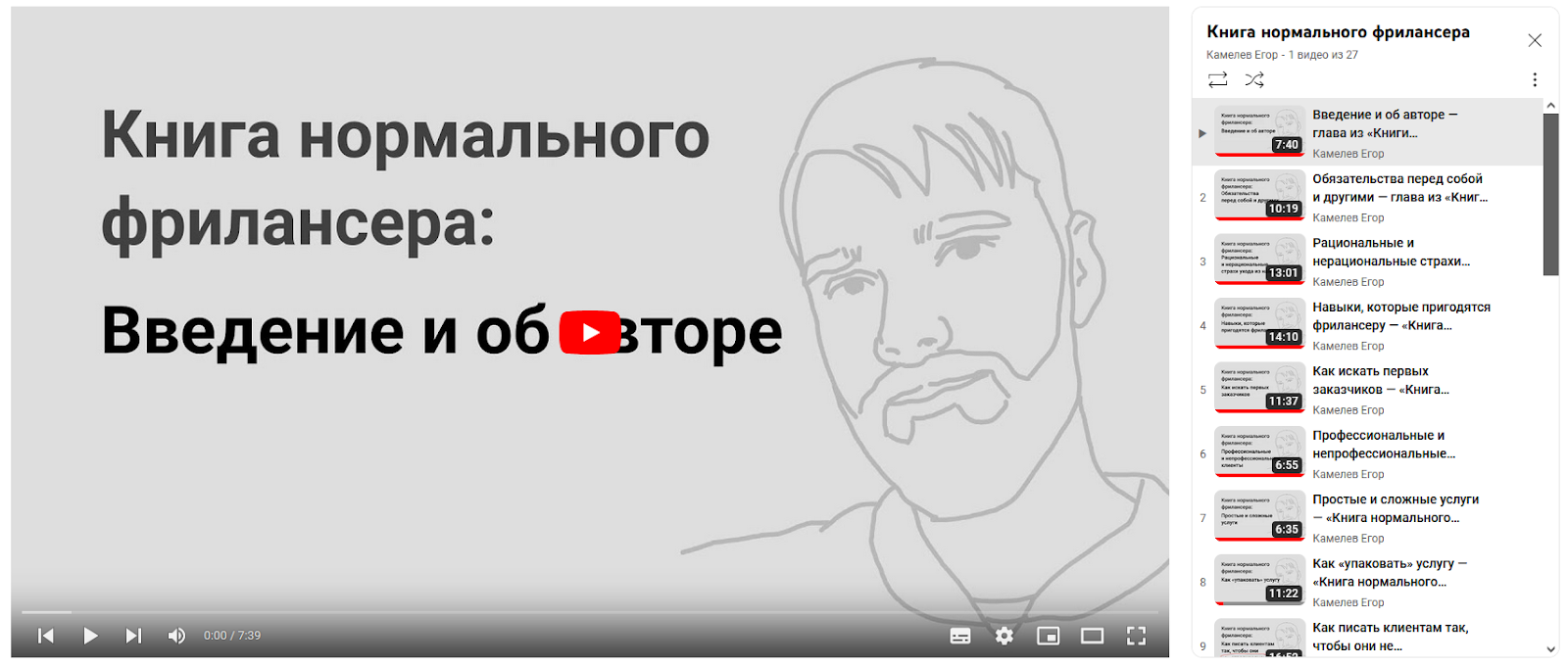
Well, the last thing I did was open all my video files in turn, cut out the ending from them (“You listened to a chapter from a book such and such, the links are in the description, blah blah blah, and see you next time”) and exported as audio. I did all this in the same Camtasia.
Exported files published in Channel of a normal freelancer in Telegram (there is a link to them hanging in a pin).
Next, I want to put the audiobook on some podcast sites, but I don’t know yet which ones. Perhaps you can suggest something in the comments.
